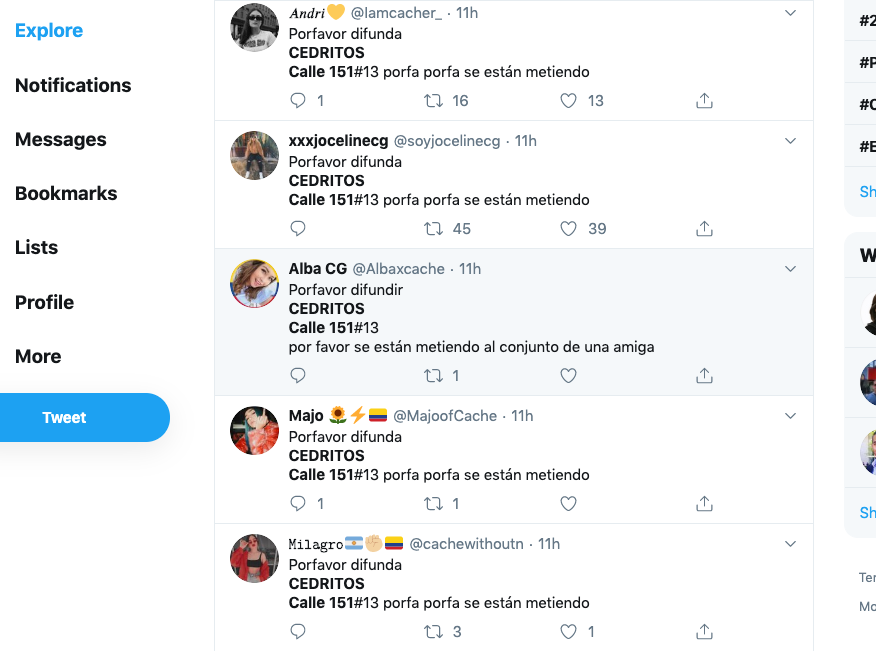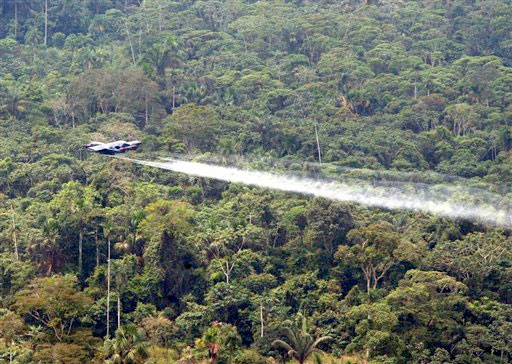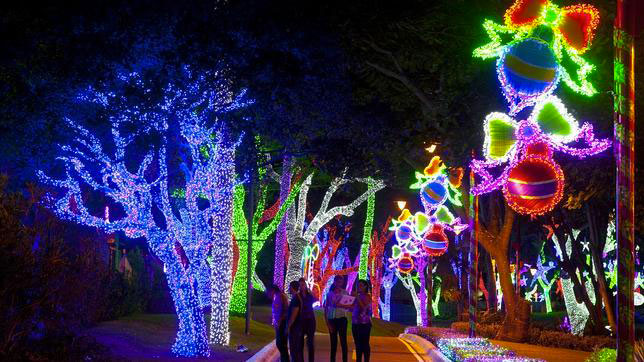‘The killing of civilian leaders is a tradition here. Something which in other countries would be considered a huge scandal is somehow normalised in Colombia,’ says author of report.

Photo: Adrián Villa
The rate of murders of social leaders is peaking again, with the state seemingly unable – or uninterested – in stopping the gruesome toll. In the first four weeks of 2019 at least 20 leaders were killed.
The Colombian state has so far proven ineffective in bringing the perpetrators to justice. In fact, until recently public prosecutors refused to acknowledge any common pattern to these killings or links to decades-long struggles over land and resources, often between vulnerable rural communities and business interests with links to armed gangs.
A long-term monitor of the situation has been Bogotá-based human rights NGO Comisión Colombiana de Juristas. This month the CCJ publishes a report of its detailed investigation of 257 killings committed in the 18-month period to July 2018, which it says clearly shows a pattern to the killings, and suggests they are linked to a ‘paramilitary phenomenon’ to paralyse community activism.
The study was coordinated by the CCJ’s Camilo Bonilla, whom The Bogotá Post sat down with this week to ask about the groundbreaking report.
The BP: Hello Camilo, and thanks for talking to us. According to your study, what defines a ‘social leader’ in Colombia?
A social leader is someone recognised by his or her community as a coordinator, or supporter, of collective activities that improve lives within the community, or that constructs the social tissues that interconnect the community. These are persons whose activities are geared towards creating a more just and equal society, a more dignified one.
Often, they are living in poor rural or peri-urban conditions, and might hold an official position, such as leader or member of the local council Junta Accion Communal (JAC) or might simply be someone charismatic that the community recognises as a problem solver. Many come from indigenous and ethnic communities.
The BP: Can you explain to our readers, some of whom may be new to the country, why the situation is so alarming?
The killing of civilian leaders is a tradition here. Something which in other countries would be considered a huge scandal is somehow normalised in Colombia. These deaths have huge impact on communities and are currently a growing problem.
Related: WOLA: Peace, community killings and unlocking the JEP
The BP: The study you coordinated focuses on establishing patterns in these killings. Why is that important?
The state has tried hard to cover up the political nature of these crimes. Often the official investigators confuse the pattern by claiming that these killings are random and unconnected, then re-victimise the victim by spreading false stories that the person was ‘involved in the drug trade’, ‘in a crime of passion’ or somehow mixed up in criminal activity. Thus, the killing is written off as ‘just another murder’.
The state does this for a reason: declaring the killings as systematic would invite international scrutiny under an international legal framework of human rights.
The BP: The state prosecutor recently acknowledged some pattern to these killings: that many victims belonged to local community councils, such as JACs. Is this a step forward?
The recognition that many victims are from JACs should suggest a pattern and open doors and help international organisations to investigate. There should now be interest from the UN, the International Criminal Court, and some effort to brake the tendency.
The BP: What does your study show about these killings? What is it that these activists are doing that is putting them in danger – and who from?
Our investigations show a systematic and continued targeting of leaders designed to sow fear and break social systems. From examining cases we have discovered a common pattern of the killers – or the people behind them – doing their own meticulous research into communities to identify key leaders. These attacks are calculated and carefully planned.
Some leaders are involved in land restitution cases, trying to get their land back that was taken by force as part of the conflict. Others are prominent in human rights cases against state forces or trying to protect the environment from big business and megaprojects. Others have been members of political movements like the Marcha Patriotica. The study also found that killings are higher in areas that voted ‘yes’ in the peace plebiscite in 2016.
But in some cases, leaders are simply organising and improving where they live, bringing dignity to poor areas. Their targeting suggests that community organisers are regarded as a threat by the economic, political or armed power-brokers in the regions, and actors linked to the powerful political families that dominate the Colombian business and state. This triggers a reaction in the form of threats and violence, often carried out by a third party.
The BP: To what degree is the state behind these killings?
It’s not a centralised plot, rather a paramilitary phenomenon involving individuals within power structures that link government, regional government, big business and sometimes criminal enterprises: which in reality are often the same group.
The BP: It seems that many victims are killed by expert assassins, often on motorbikes. What does this tell us about the perpetrators?
The killings are often undertaken by sicarios, paid hitmen, or by organised armed groups, and these people are rarely captured. This in itself is a sign that the murders are systematic. But behind the actual killers are the intellectual authors, even less likely to be detected and, therefore, captured.
The BP: Are these cases properly investigated by state authorities?
No, because elements within the state structure are complicit in the crimes. Of the killings we studied, there was impunity in 95% of the cases. Witnesses are scared to come forward because they don’t always trust the investigators. In cases we reported members of the army were directly responsible for 11 killings, and the police in three.
The BP: What are the ways that the state could investigate more effectively (i.e. special task force, witness protection programs). Could this reduce the killings?
There are some good people on the ground, such as some workers of the Ombudsman’s Office, but their bosses are often politically appointed. And at the top level the country’s leaders are not condemning the killings. There is a lack of willpower all around.
The BP: Why does the phrase ‘social leader’ imply a connection or sympathy with left-wing causes and guerrilla groups for some Colombians?
Politicians and senior military frequently use language that stigmatizes social leaders and human rights defenders as undesirable. Army recruits are trained that social leaders, and even groups such as academics should be seen as ‘internal state enemies’, an indoctrination that opens the door to abuses.
Armed groups like the ELN and AGC also use the killings of social leaders as part of their own propaganda, in part to justify their own violent acts. And remember, the ELN are also killing social leaders.
The BP: What about the demobilised FARC – is there evidence that they are being targeted?
Our study did not include former FARC, but the UN has looked at this group as part of its monitoring of the peace process and yes, a similar pattern is emerging: some 90 ex-combatants of the FARC have been killed since the peace agreement was signed between the state and the former FARC-EP guerrillas.
The BP: The geographical areas of these killings seem to coincide with zones of high coca production. What is the link between coca cropping and the targeting of social leaders?
There is a vicious cycle of violence between cocaine production and conflict. The areas overlap and civil communities are often caught up in the violence. Often impunity is higher in these zones because corrupt elements of state forces can be partnering with criminal gangs.
The highly profitable cocaine trade also requires chaos and conflict as a smokescreen, and killing social leaders adds to that scenario. Creating conflict also ensures the continuity of Colombia’s large armed forces: maintain chaos then offer security and control.
The BP: What changes do you hope the CCJ report will achieve?
To increase political willingness to recognise the phenomenon and take measures to change the trend. But this requires a major shift in policy, unlikely at present.
The BP: What can visitors to Colombia do?
Highlight the problem and help raise the issue with the public and politicians in their home countries. What could make changes here is international pressure, for example ensuring that trade agreements or financial aid to Colombia is tied to improvements on the ground, meaning more protection for vulnerable civilians. Sadly, these days, many countries are more interested in business deals than human rights.
Interview by Steve Hide
Readers can download the full Comisión Colombiana de Juristas report: ‘¿Cuáles son Las Patrones? Asesinatos de Líderes Sociales en el Post Acuerdo’.





